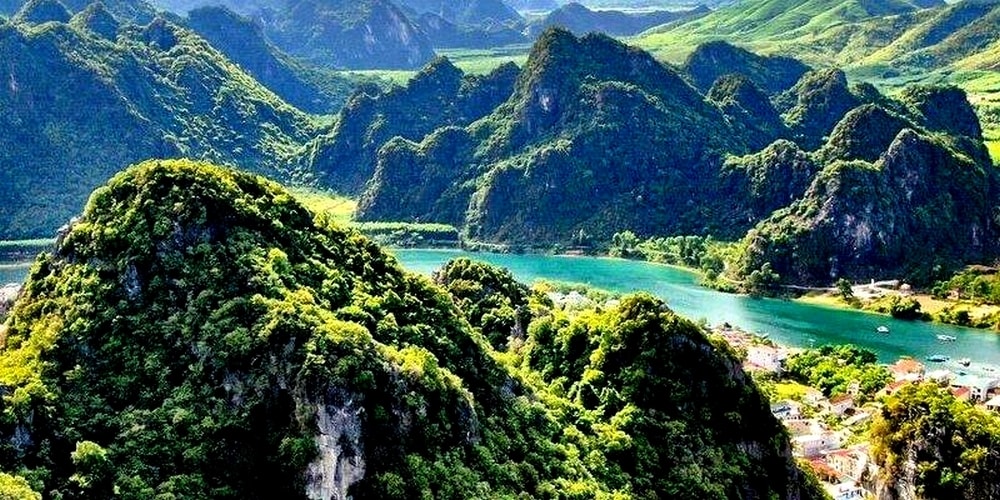
Attending the 47th Session of the World Heritage Committee in Paris (France), the delegation of the Ministry of Culture, Sports and Tourism led by Deputy Minister Hoang Dao Cuong had working sessions with the World Heritage Center and UNESCO Advisory Bodies to discuss issues related to Vietnam's world heritage nomination dossier and world heritage conservation work.
Phong Nha - Ke Bang National Park was ranked as a Special National Scenic Site by the Prime Minister in 2009. On July 3, 2003, at the 27th Session of the World Heritage Committee, Phong Nha - Ke Bang National Park was recognized by UNESCO as a World Natural Heritage for the first time and on July 3, 2015, at the 39th Session of the World Heritage Committee, Phong Nha - Ke Bang National Park was recognized for the second time. Phong Nha - Ke Bang National Park shares a natural boundary with Hin Nam No National Park of the Lao People's Democratic Republic.
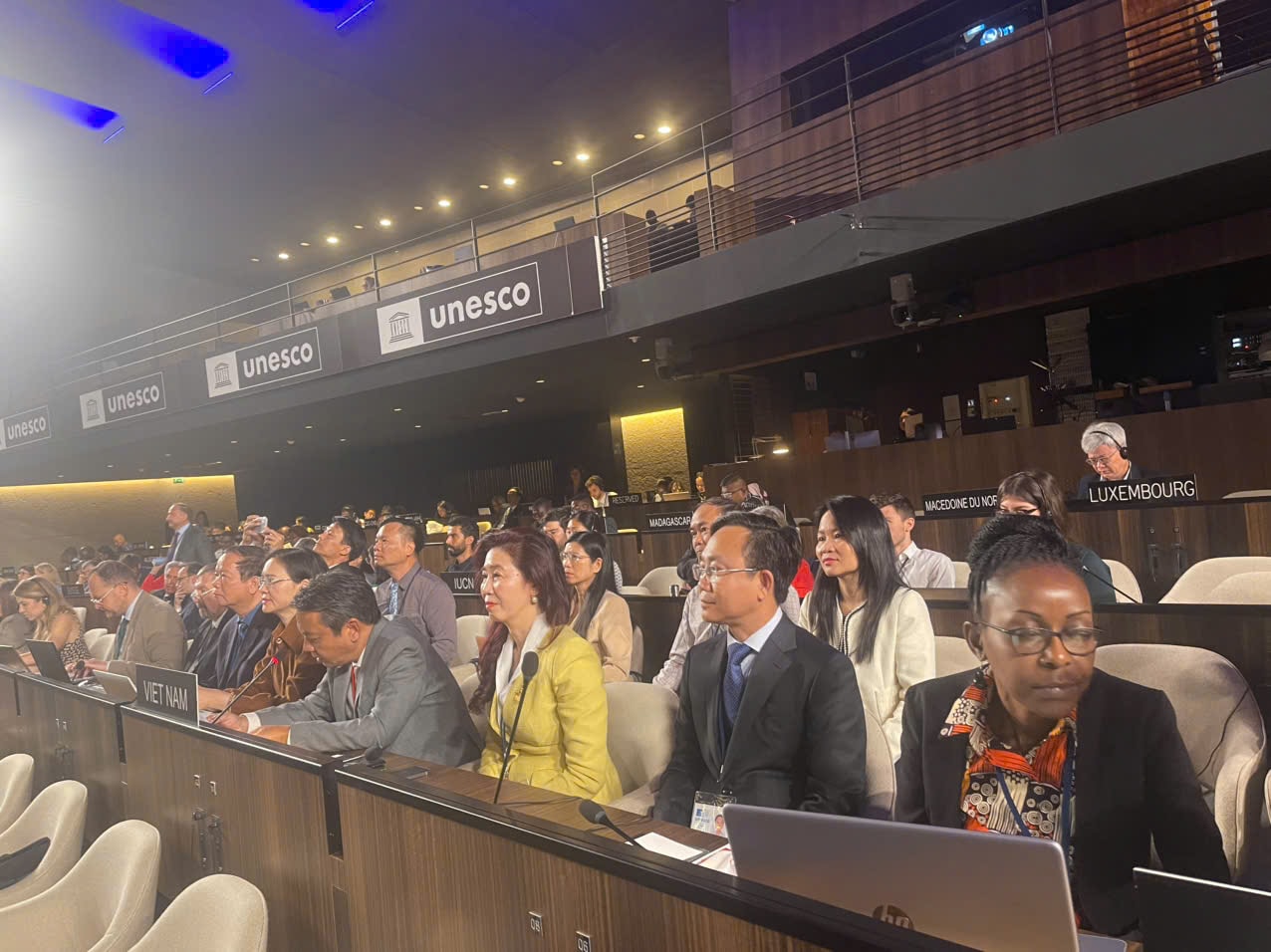
The dossier of Hin Nam No National Park nominated by UNESCO for recognition as an extension of the World Natural Heritage Phong Nha - Ke Bang National Park was jointly submitted by the Lao and Vietnamese Governments to UNESCO in February 2024, for consideration by the World Heritage Committee at this Session.
Through the appraisal process, UNESCO's Advisory Body, the International Union for Conservation of Nature (IUCN), submitted a Decision to the World Heritage Committee at its 47th Session to approve the boundary adjustment of the World Natural Heritage Phong Nha - Ke Bang National Park (Quang Tri Province, Vietnam) to expand to Hin Nam No National Park (Kham Muon Province, Lao People's Democratic Republic), with the name: "Phong Nha - Ke Bang National Park and Hin Nam No National Park" according to the criteria of geology, geomorphology, ecosystem and biodiversity.
Phong Nha-Ke Bang National Park and Hin Nam No National Park are among the most outstanding and intact karst landscapes and ecosystems in the world. Located at the junction of the Annam Mountains and the Central Indochina Limestone Belt, spanning the border between Vietnam and the Lao People's Democratic Republic, the karst formations have developed since the Paleozoic period some 400 million years ago and can be considered the oldest, large-scale karst area in Asia.
The diversity of ecosystems found in this complex landscape includes dry karst forests at high altitudes, moist and dense forests at low altitudes, and extensive underground cave environments. These underground structures include over 220 km of caves and underground river systems that are recognised as globally significant. The unique biodiversity with some endemic species living in tropical mixed ecosystems also makes it of exceptional value, of global significance.
The joint management of Phong Nha - Ke Bang National Park and Hin Nam No National Park has been signed by localities of Vietnam and Laos for many years, which includes joint activities on law enforcement and development of action plans to protect the values of the heritage.
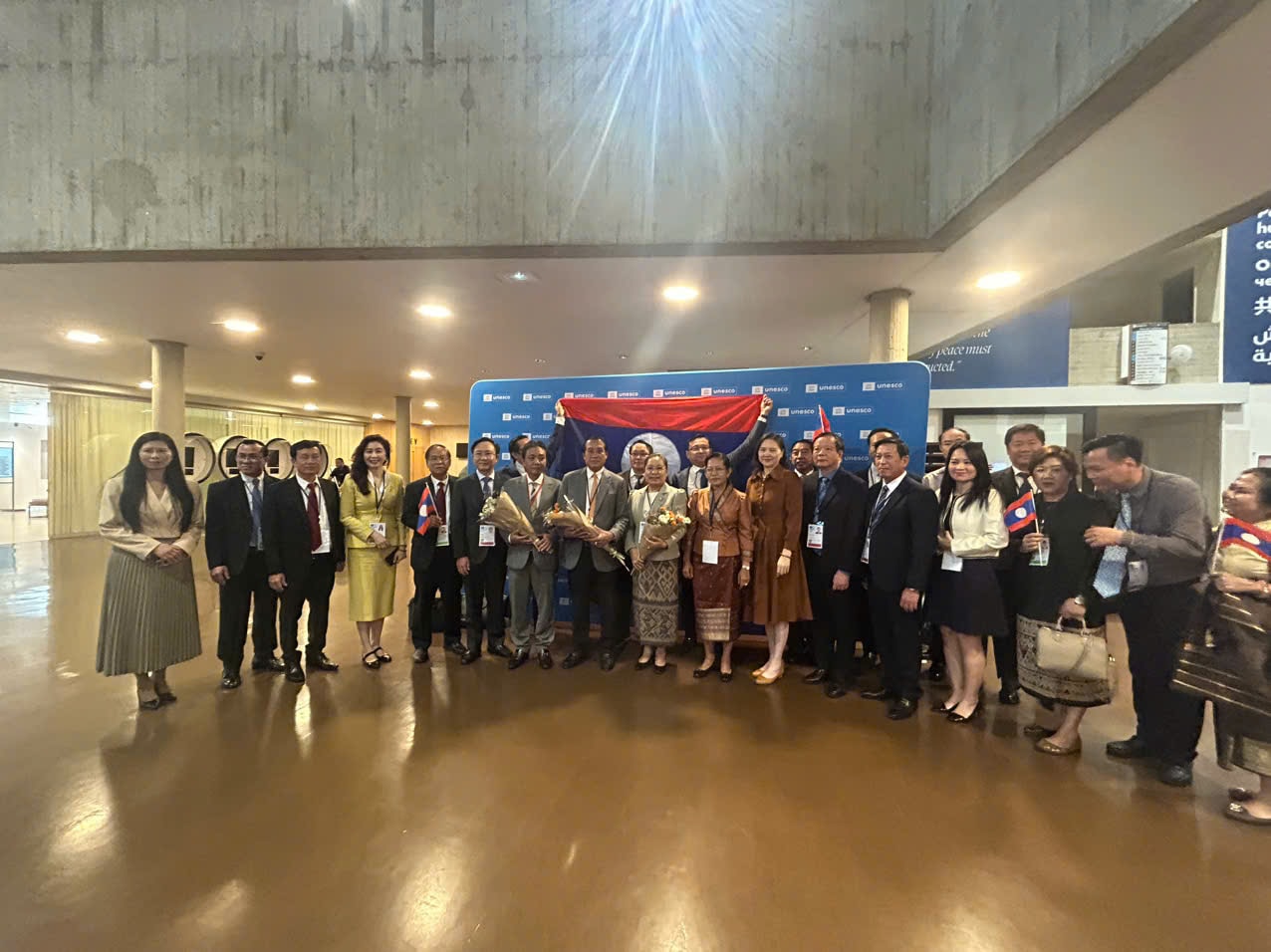
Speaking at the 47th Session, Deputy Minister of Culture, Sports and Tourism Hoang Dao Cuong said: Leaders of the Ministry of Culture of Vietnam and Laos had a friendly discussion to discuss the direction of better cooperation in managing Phong Nha - Ke Bang National Park and Hin Nam No National Park in the coming time.
The event of “Phong Nha - Ke Bang National Park and Hin Nam No National Park” becoming the first transboundary World Heritage Sites of Vietnam and the Lao People's Democratic Republic shows the importance of global cooperation through the nomination of common heritage, contributing to the promotion of peace and security from the perspective of UNESCO, further tightening the friendship and solidarity between the two countries.
According to Associate Professor, Dr. Le Thi Thu Hien - Director of the Department of Cultural Heritage, Standing Member of the National Cultural Heritage Council, Head of the Vietnamese expert group participating in the World Heritage Committee, said: In the coming time, to effectively manage the inter-border World Heritage between Vietnam and Laos, the two sides need to continue to promote the implementation of scientific research topics and establish operational methods to be able to deal with risks affecting the heritage; assess the tourism capacity in accordance with the capacity and ecological capacity of the resources in the whole Phong Nha - Ke Bang National Park and Hin Nam No National Park. The Vietnamese side can support the Lao side to improve the capacity to develop legal regulations in the management, protection and promotion of the values of World Heritage in general, and Hin Nam No National Park in particular.
Up to now, Vietnam has 9 World Heritages, including 2 inter-provincial World Heritages: Ha Long Bay - Cat Ba Archipelago (Quang Ninh province and Hai Phong city) and Yen Tu - Vinh Nghiem - Con Son, Kiep Bac relic and scenic complex (Quang Ninh, Bac Ninh provinces and Hai Phong city), along with the first inter-border World Heritages Phong Nha - Ke Bang National Park (Quang Tri province - Vietnam) and Hin Nam No National Park (Kham Muon province - Lao People's Democratic Republic).
Source: https://hanoimoi.vn/vuon-quoc-gia-phong-nha-ke-bang-va-vuon-quoc-gia-hin-nam-no-tro-thanh-di-san-the-gioi-lien-bien-gioi-dau-tien-708985.html






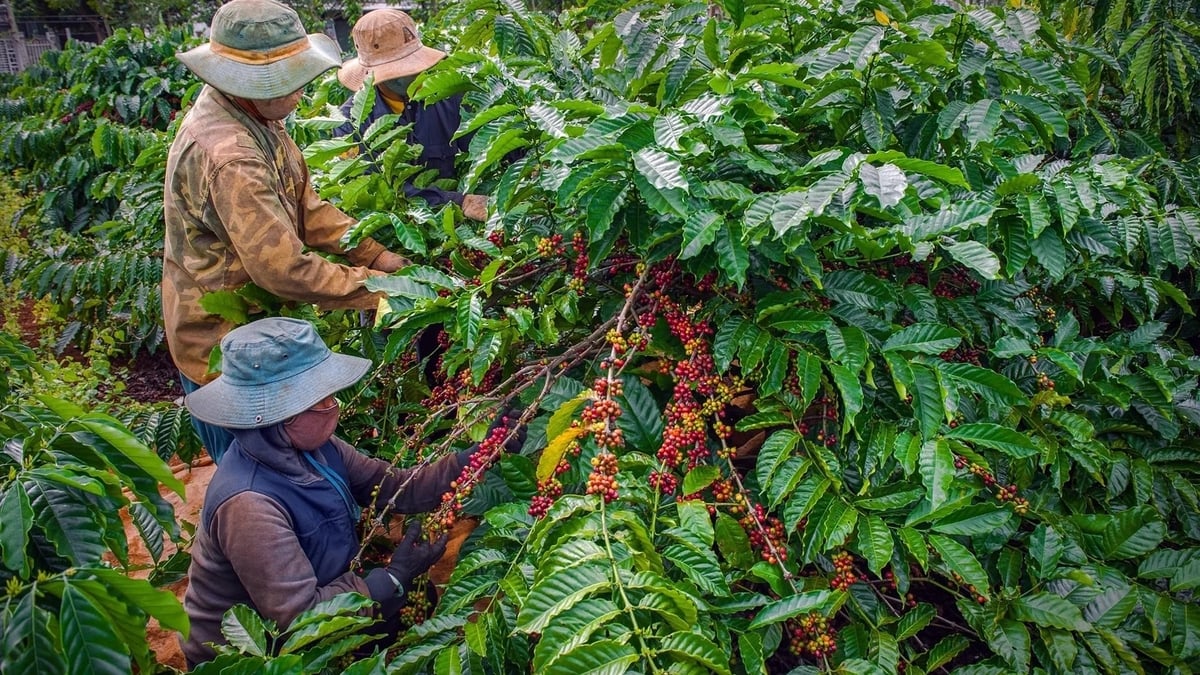


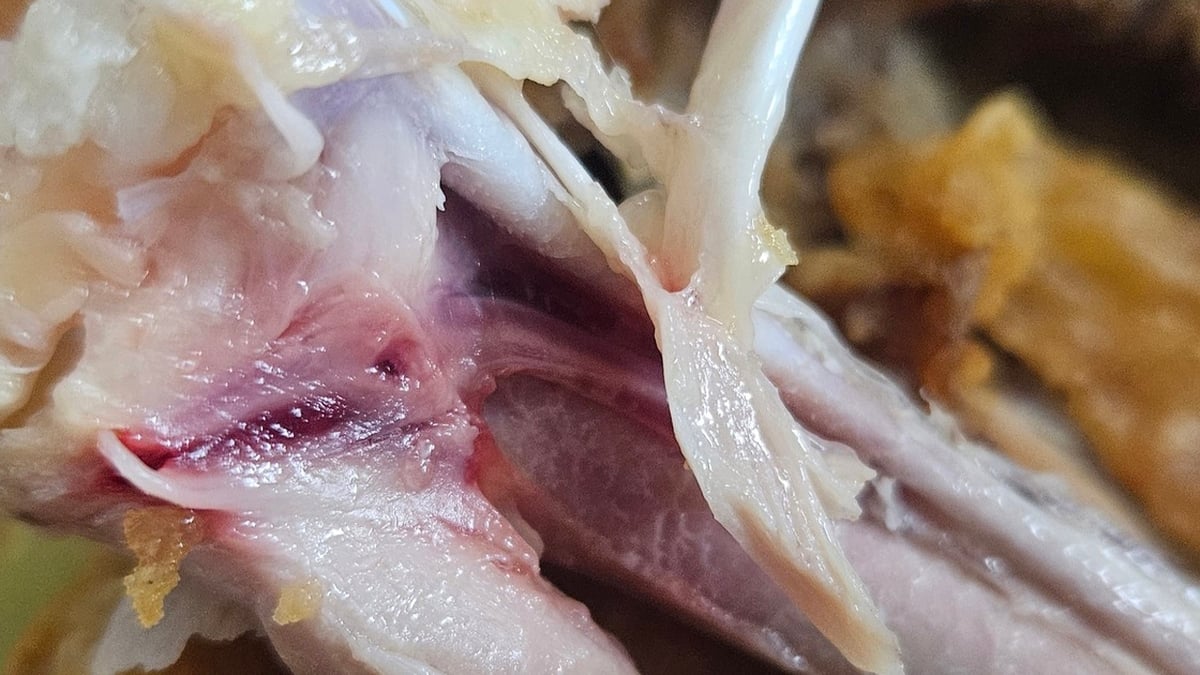






























































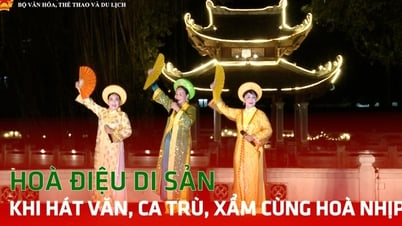




























Comment (0)